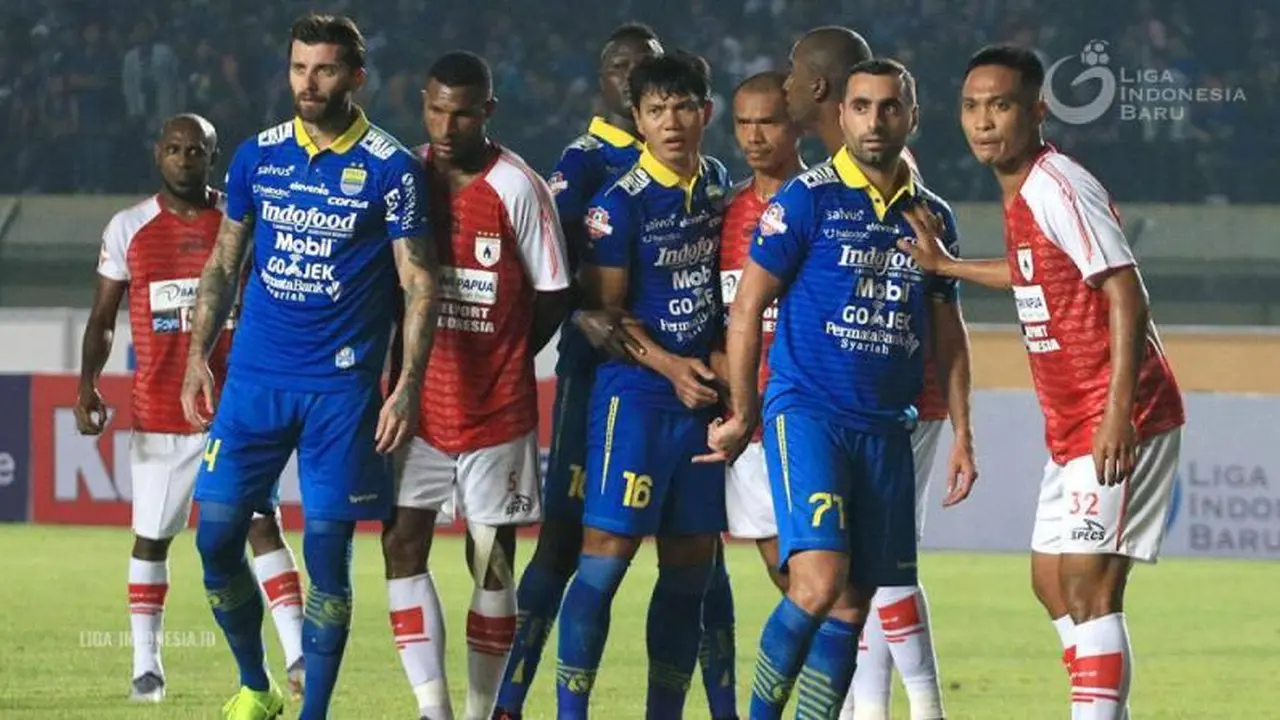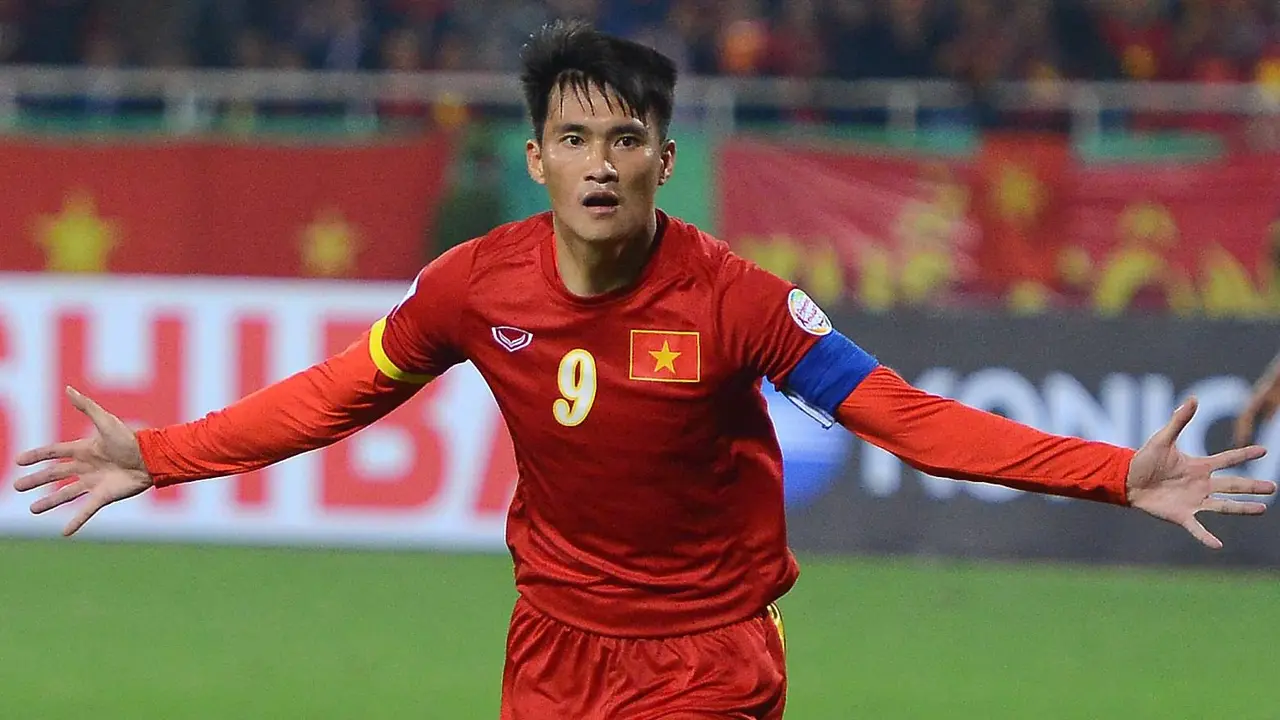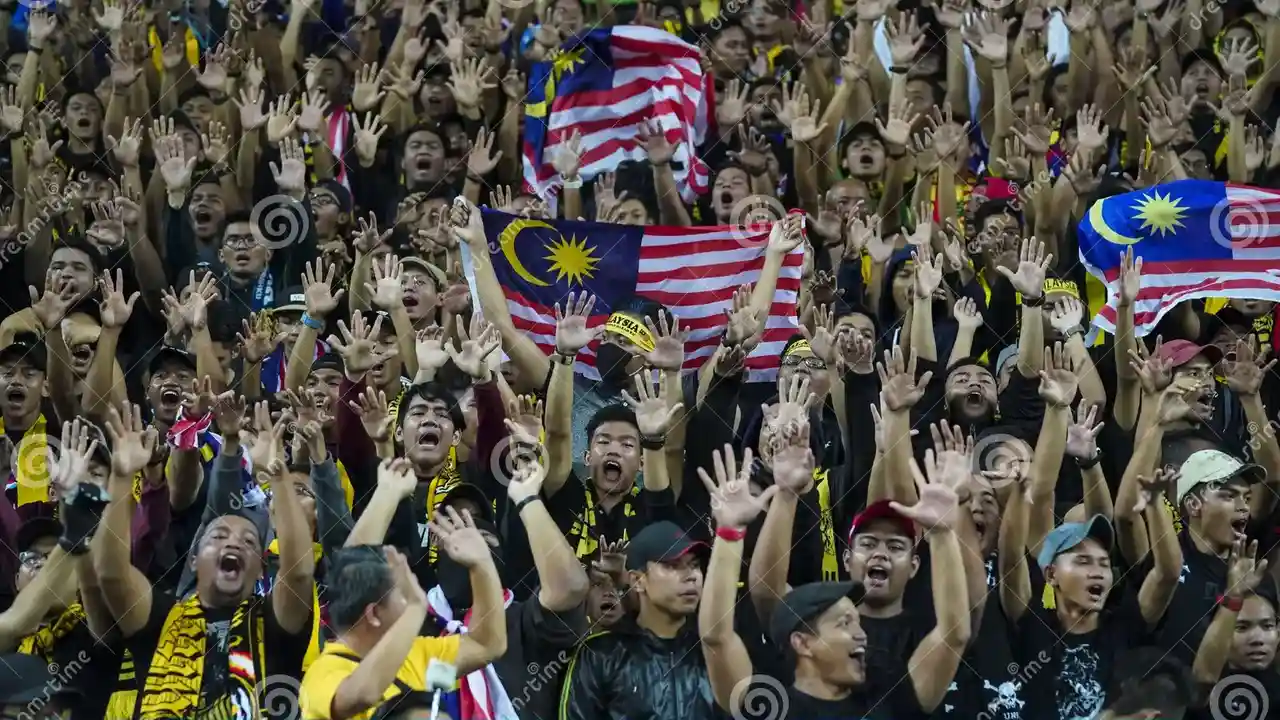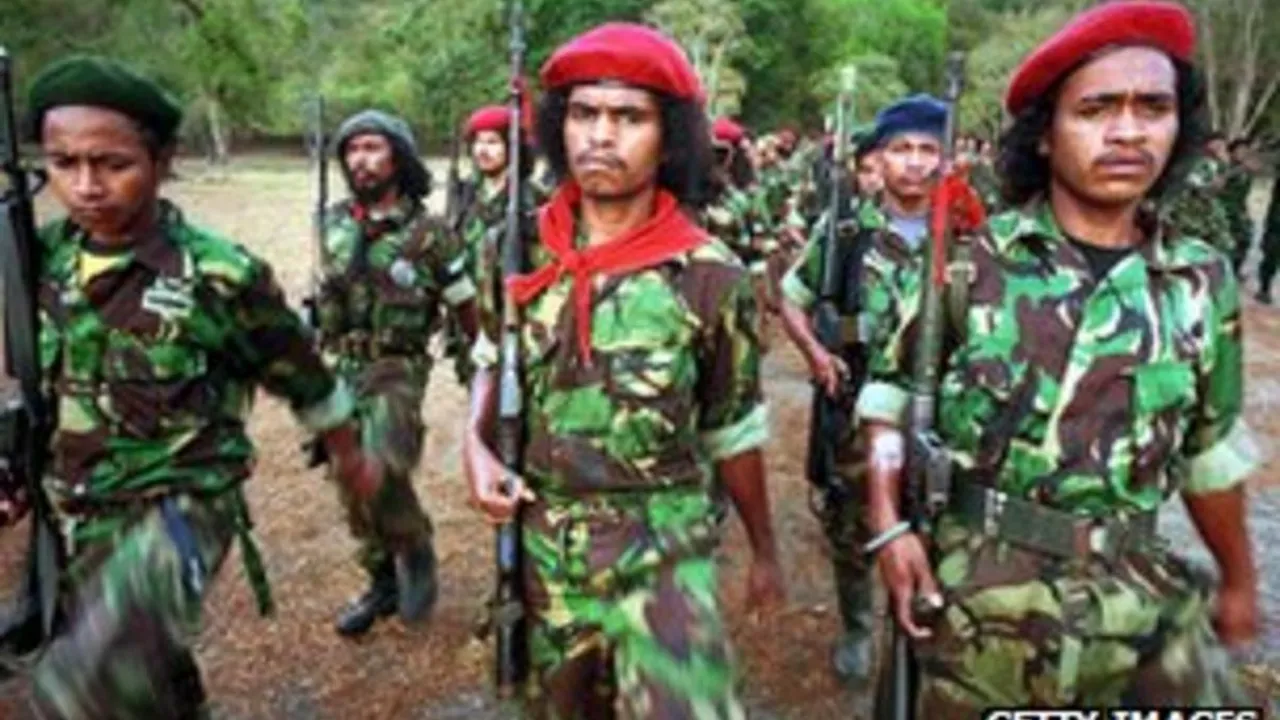Southeast Asian soccer: bridging the gap with European standards
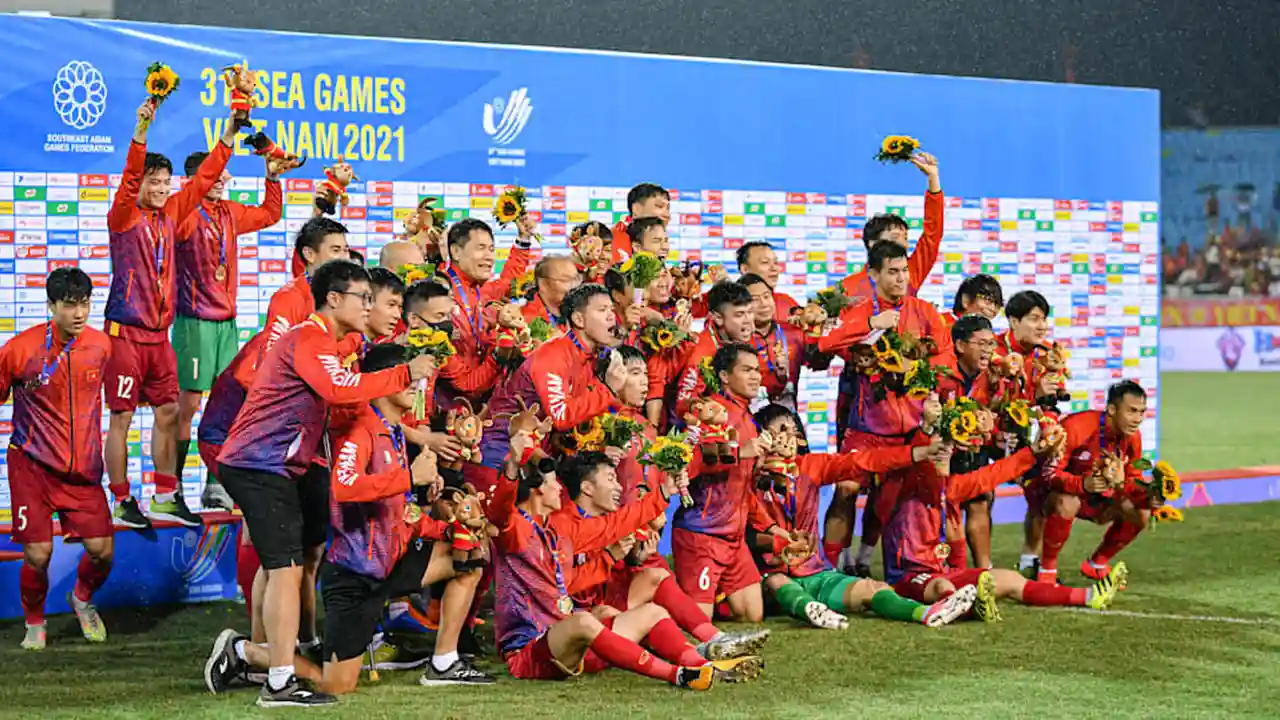
Introduction: The Ascent of Southeast Asian Football
Alright, let's talk about Southeast Asian soccer. It's a region buzzing with passion for the beautiful game, but let's be real, it's got a ways to go to truly compete with the European giants. We're talking about closing that gap, bridging the divide, and levelling up the entire game. This isn't just about individual talent; it's about infrastructure, coaching, youth development, and even the gear these players are using. This article dives deep into what's holding Southeast Asian soccer back and, more importantly, what's being done (and what could be done) to bring it up to European standards. Forget the same old platitudes; we're getting practical.
Infrastructure: Building the Foundations (and the Stadiums!)
You can't build a world-class team on a muddy field. Seriously. One of the biggest hurdles is the lack of proper infrastructure. While some countries like Thailand and Malaysia have decent stadiums, others struggle with inadequate training facilities and poorly maintained pitches. Think about it: European clubs invest heavily in state-of-the-art training grounds, complete with advanced analytics technology. Southeast Asia needs to catch up. We need more investment in quality pitches, modern gyms, and recovery centers. It's not just about looking good; it's about injury prevention and maximizing performance. Beyond the physical structures, we also need better digital infrastructure for scouting, data analysis, and communication.
Coaching: From Local Legends to Global Gurus (and Coaching Gear!)
No offense to the local coaches, who often work miracles with limited resources, but exposure to European coaching methodologies is crucial. We're not saying replace everyone; we're saying supplement local knowledge with international expertise. Think about sending promising coaches to Europe for training stints, or bringing in experienced European coaches to mentor local teams. This isn't just about tactics; it's about player development, sports psychology, and creating a winning culture. And speaking of coaching, let's talk gear! Every good coach needs a solid whiteboard, a good set of cones, and maybe even a fancy GPS tracking system for the players. We'll get to specific product recommendations later.
Youth Development: Nurturing the Next Generation of Stars (Early!)
This is where it all starts. You can't expect to compete at the highest level if you're not investing in your youth. Southeast Asia needs to create robust youth academies that focus on developing technical skills, tactical awareness, and physical conditioning from a young age. Think about the La Masia model in Barcelona – identifying talent early, providing top-notch coaching, and instilling a winning mentality. We need more structured youth leagues, better scouting networks, and a focus on long-term player development, not just short-term results. This also means providing access to quality equipment for young players, regardless of their background. We're talking about proper cleats, training jerseys, and even access to nutritional supplements (under proper guidance, of course).
Financial Investment: Show Me the Money! (and Where it Goes)
Let's be blunt: money talks. Southeast Asian soccer needs more investment, both from private and public sources. This means attracting sponsorships, securing government funding, and creating sustainable business models for clubs. But it's not just about throwing money at the problem; it's about investing it wisely. We need to ensure that funds are being used to improve infrastructure, coaching, youth development, and player salaries. Transparency and accountability are key to ensuring that money is being used effectively and not disappearing into someone's pocket. Also, investing in marketing and promotion can help raise the profile of Southeast Asian soccer and attract more fans and sponsors.
Player Development: Honing Skills and Building Mental Toughness
Southeast Asian players often possess natural talent and flair, but they sometimes lack the tactical discipline and mental toughness of their European counterparts. This is where specialized training comes in. Think about focusing on improving passing accuracy, shooting technique, and defensive positioning. But it's not just about technical skills; it's also about developing mental resilience, leadership qualities, and the ability to perform under pressure. Sports psychology plays a crucial role in helping players overcome mental blocks and reach their full potential. Regular performance reviews, personalized training plans, and mentorship programs can help players stay motivated and focused on their goals.
League Structure and Competition: Raising the Stakes (and the Quality)
The structure of domestic leagues in Southeast Asia needs to be strengthened to create more competitive and challenging environments for players. This means ensuring fair play, enforcing regulations, and promoting professionalism at all levels. Think about implementing salary caps to prevent clubs from overspending, investing in referee training to improve officiating standards, and creating a more level playing field for all teams. Also, promoting greater cooperation between leagues and clubs in different Southeast Asian countries can help raise the overall standard of play and attract more international attention.
Product Recommendations: Gear Up for Success!
Training Equipment: Cones, Hurdles, and More!
Every coach needs a good set of training equipment. Let's start with cones. For basic drills and agility training, the SKLZ Mini Cones (Set of 50) are a great option. They're durable, come in various colors, and are relatively inexpensive (around $25). For more advanced agility work, consider the Pro Agility Ladder (around $40). This helps improve footwork and coordination. For developing speed and power, the Champion Sports Adjustable Hurdles (Set of 6) are a good investment (around $60). These are adjustable in height, allowing you to customize the training to different skill levels. Usage Scenario: These items are essential for any soccer training session. Coaches use them to create drills that improve agility, speed, coordination, and ball control. Comparison: Cheaper cones might be less durable and prone to cracking. More expensive agility ladders might have more features, such as adjustable rungs, but the Pro Agility Ladder offers a good balance of price and quality. Adjustable hurdles offer more versatility than fixed-height hurdles.
GPS Tracking Systems: Data-Driven Performance
For serious player development, consider investing in a GPS tracking system. The Catapult Sports Playertek is a popular option (around $200 per player per year subscription). This system tracks key metrics such as distance covered, speed, acceleration, and heart rate. Usage Scenario: Coaches use this data to monitor player performance, identify areas for improvement, and prevent injuries. Comparison: Cheaper GPS tracking systems might be less accurate or offer fewer features. More expensive systems might offer more advanced analytics and reporting capabilities. The Catapult Sports Playertek provides a good balance of accuracy, features, and price. There are alternatives like STATSports Apex, but the price point is significantly higher.
Cleats: Finding the Right Fit for the Field
Proper cleats are essential for performance and injury prevention. For players who prioritize speed and agility, the Adidas X Speedflow.1 FG are a great option (around $250). These cleats are lightweight and provide excellent traction on firm ground. For players who prioritize comfort and stability, the Nike Tiempo Legend 9 Elite FG are a good choice (around $230). These cleats are made from premium leather and provide a comfortable and secure fit. For players on a budget, the Puma Future Z 1.2 FG/AG offer a good balance of performance and price (around $150). Usage Scenario: Cleats are worn during training and matches to provide traction and support. Comparison: More expensive cleats often use higher-quality materials and offer more advanced features, such as carbon fiber plates for increased energy return. Cheaper cleats might be less durable or provide less support. Consider the playing surface (firm ground, artificial grass, etc.) when choosing cleats.
Recovery Gear: Taking Care of Your Body
Recovery is just as important as training. The Theragun Pro is a popular massage gun that helps relieve muscle soreness and improve recovery (around $600). Usage Scenario: Players use massage guns after training and matches to reduce muscle tension and promote blood flow. Comparison: Cheaper massage guns might be less powerful or offer fewer attachments. More expensive massage guns might offer more advanced features, such as Bluetooth connectivity and personalized treatment plans. Foam rollers like the TriggerPoint GRID Foam Roller (around $35) are also great for self-massage. Compression gear, like CEP Compression Socks (around $50), can help improve circulation and reduce muscle fatigue. Usage Scenario: Wearing compression socks during travel and after training can aid in recovery.
Fan Engagement: Building a Loyal Following
Attracting and retaining fans is crucial for the long-term success of Southeast Asian soccer. This means creating engaging content, promoting matches effectively, and providing a positive fan experience. Think about using social media to connect with fans, offering affordable ticket prices, and creating a family-friendly atmosphere at stadiums. Also, investing in merchandise and souvenirs can help generate revenue and build brand loyalty. Fan clubs, online forums, and community outreach programs can help foster a sense of belonging and create a strong connection between the team and its supporters. Digital marketing campaigns, targeted advertising, and partnerships with local businesses can help reach a wider audience and increase fan engagement.
Governance and Regulation: Ensuring Fair Play
Strong governance and effective regulation are essential for maintaining the integrity of Southeast Asian soccer. This means enforcing rules fairly, combating corruption, and promoting transparency at all levels. Think about implementing stricter licensing requirements for clubs, establishing independent oversight committees, and working with international organizations to combat match-fixing. Also, investing in referee training and providing them with the resources they need to officiate matches fairly. A strong legal framework and effective enforcement mechanisms are crucial for ensuring that all stakeholders are held accountable and that the game is played fairly.
:max_bytes(150000):strip_icc()/277019-baked-pork-chops-with-cream-of-mushroom-soup-DDMFS-beauty-4x3-BG-7505-5762b731cf30447d9cbbbbbf387beafa.jpg)



